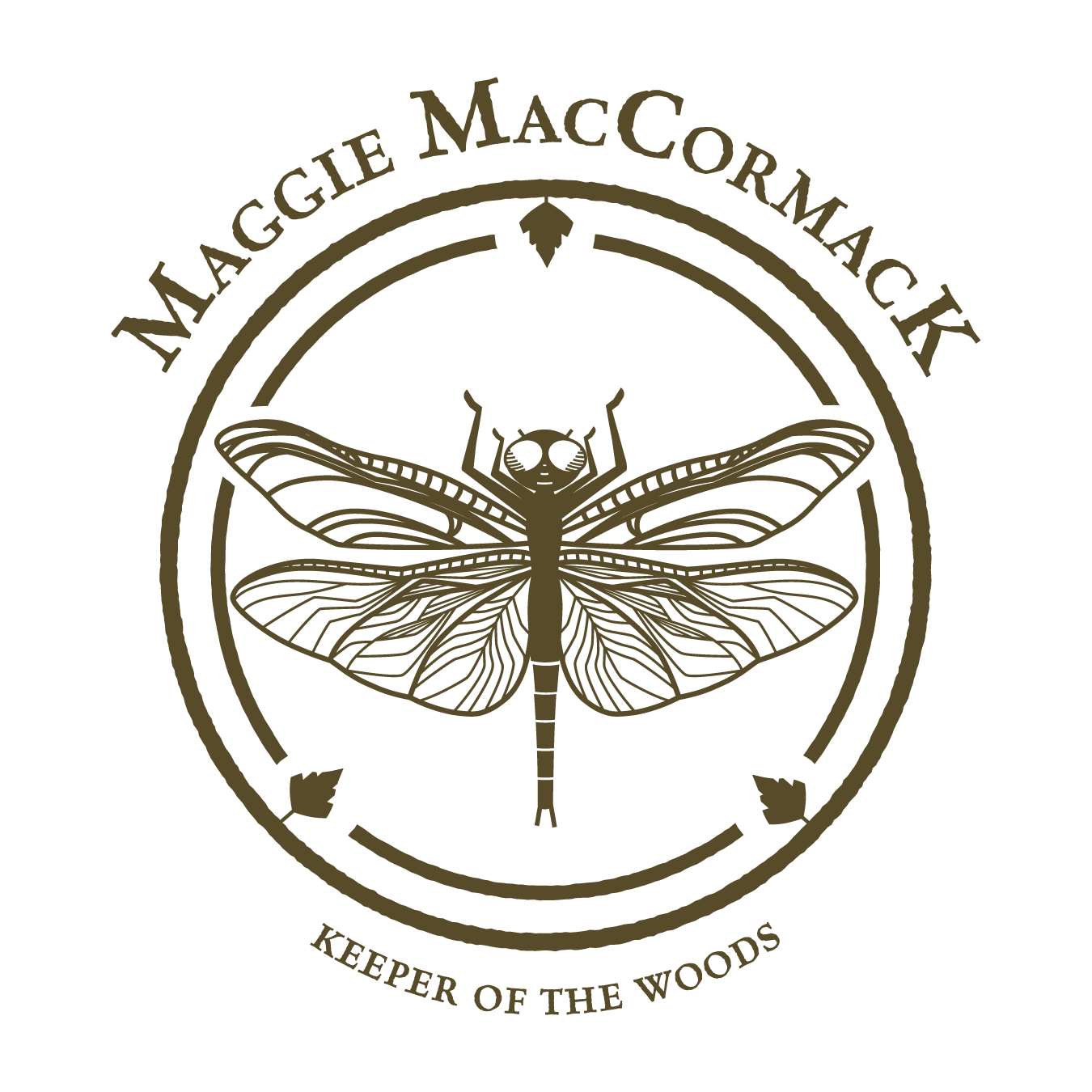People often ask me if I have a work routine. I like to think I don’t. However…I would say my work habits are flexible, but disciplined.
My work schedule on one day may begin at 2 PM and end the next morning 3 o’clock. The next day, I might rise with an idea at 6 AM and work until supper. I may start on a chapter of a book or a page of a screenplay and find that my drawing table has something more valuable to say and change seats on a whim. I am just as happy with my fingers covered in ink and paint and as I am hearing the tapping sound of my computer’s keyboard. I don’t have daily rituals that I feel compelled to perform before I begin working.
What I can emphasize is that I work every day.
I work toward a goal and a deadline. It’s not always easy. We have to live our lives, look after our marriage, kids, parents (if you’re their caregiver) and friends. We have to look after ourselves too and take time away from our work in order to find balance.
I can tell you that the tap of ideas is always running. I don’t suffer writers’ block. It’s the opposite: I’ve had to learn to shut off the tap after a certain time at night, otherwise I won’t get to sleep. And at night is when some of my best ideas come to me.
As an illustrator and a writer, I’m constantly balancing exciting new images and ideas that enter my imagination hourly, with the work I have in front of me. This is where discipline is my best friend. A disciplined mind can store an image or an idea in a “backup file” and stay focused on completing the task at hand. An undisciplined mind is like a monkey that’s escaped from its cage and is bouncing off the walls and furniture, screeching at the top of its lungs.
However, if an idea jumps out at me that is right for the work I’m doing, I immediately jot it down in a book I keep beside me at all times. I buy these books from the dollar store and they come in very handy – especially when I begin to hear dialogue from a scene in a chapter I’ve yet to write.
If I have many ideas to combine at once and I’m unsure of how to let them flow, I go for a walk, always alone. I listen to music, often times Keith Jarrett, The Beatles, Earth Wind and Fire or Miles Davis. A Kind of Blue seems to put me in the right space to organize my thoughts. I race home, make a coffee, and begin to compose my thoughts on paper. I don’t stop work, even to eat dinner, until at least I have the framework, the skeleton, of my story. It’s easy to add meat to bone, but much harder to construct a skeleton that can stand on its own.
All of my work serves the story. The story is the single most important element of any composition. And that goes for art, song writing or prose. In comics, TV and film I see far too many stories being told through words, but no action. The rule is: show, don’t tell. Dialogue, conflict, plot devices must all move your story forward. Real life doesn’t stand still, and neither should your story.
Does that mean that quiet scenes or pauses are bad? Quite the opposite, you’ll see the artistry of a storyteller in how they pause a story or use silence and space to their advantage. We may hold our breath for a minute or stop moving, but we don’t ever want our heart to stop beating, even for a second. The same goes for a story: without oxygen, a story quickly dies.
I also enjoy a lot of stimulation. I work out at the gym, practice martial arts, study film – especially foreign film. I love to read. Yet, my greatest inspiration is real life. My stories and all of my characters are based on people I’ve met. Nothing beats lived experience. Even though my novel, Maggie MacCormack and the Witches’ Wheel, is an urban fantasy, it’s based on people I know and experiences I’ve had, however exaggerated those experiences have become for the sake of dramatic license.
At the end of the day, I’m just a guy trying to get by and share my ideas with fellow craftspeople. Paraphrasing Paul McCartney: write for yourself. To that I would add: draw and make music for yourself, too.

